Results 4,151 to 4,160 of 12096
Thread: Anandtech News
-
08-04-14, 09:00 AM #4151
Anandtech: ECS’ LIVA Mini-PC, now in 64GB White
Ganesh recently reviewed the ECS LIVA, a mini-PC aimed at the nettop market to replace basic office machines, library computers coming out of XP support and digital signage, among other uses with its Bay Trail-M SoC. One of the key points of the ECS LIVA, apart from the minute form factor, was its use of eMMC via the SDIO rather than SATA connectivity. One comment Ganesh made was in relation to the size of this eMMC – given that it is not upgradable a 64 GB edition would be welcomed. This is not surprising – I would want more storage in a cased PC than my smartphone. It was the point of view echoed by several reviews of the LIVA, and ECS is releasing a white 64 GB to help drive this market.
There is no indication if this upgrade is double density eMMC or multiplying the number of ICs on the motherboard itself, as each of these options would impact storage performance. All other specifications (Celeron N2806, Gigabit Ethernet, 2x2 802.11 WiFi) are identical. At Computex, ECS showcased the LIVA as a system ripe for modifications in terms of aesthetics, and the white design might help those users skip a step for a base coat.
The 64 GB White Edition should be available sometime in August. We are asking about the pricing increase over the 32 GB edition.
Source: ECS
More...
-
08-04-14, 09:31 AM #4152
Anandtech: Thermaltake Goes Big: Water 3.0 Ultimate CLC Launched, 3x120mm
Truth be told, I am a fan of closed-loop liquid cooling systems. While they might be more expensive than air coolers of similar performance, they tend to be quieter, less bulky and use fan mounts already in the case. What Thermaltake is doing with the new Water 3.0 Ultimate seems to be providing the bulkier solution with better cooling for users with larger cases. The Water 3.0 series, from Performer to Extreme, uses the standard sized CLC configurations and the new Ultimate takes on the 3x120mm form factor with relatively little competition.
In liquid cooling systems, longer radiators mean a longer retention time for the liquid to cool down. Custom loops, especially those dealing with multiple components (CPU + GPU, or >2 GPU) use either longer radiators, thicker radiators or more radiators to help generate this delta. In some cases, radiators are put between the two hot components to maximize the delta of cooler air coming in. The downside of more radiators is resistive pressure in the system, so it helps to have a pump to compensate. Thermaltake is not quoting the efficiency or flow rate of the pump, but do have it listed at 3600 RPM. Each of the three fans included with the Water 3.0 Ultimate is rated for 99 CFM at 20 dBA, but no static pressure (the key figure in pushing air through a restrictive medium) is quoted.
All modern sockets are supported (1150/1155/1156, 1366, 2011-0/2011-3, AM2/AM3/FM1/FM2), and I can imagine that this unit has a price premium over the more common 2x120mm configuration. We have no pricing information as of yet but will update when we do.
Note that Thermaltake is not averse to large water cooling systems: we spotted this 3x180mm radiator for custom loops at Computex this year:
Now, I wonder what a CLC version of that would cost.
Source: Thermaltake
Gallery: Thermaltake Goes Big: Water 3.0 Ultimate CLC Launched, 3x120mm





More...
-
08-04-14, 10:30 AM #4153
Anandtech: Thermaltake Goes Small: Core V1 mini-ITX Chassis Launched
When meeting with one of Thermaltake’s main press relations people at Computex, he was keen to show off what he described as ‘his baby’. We reported on the Core V1 at the time – a mini-ITX chassis to incorporate better cooling, quieter cooling, easy maintenance and a good-looking, fast system. Aside from the size, the interchangeable top, bottom and sides of the chassis could be replaced with Perspex side windows to increase the view of the internals, but also the front was fitted with a 200mm fan with space for another 120mm in the rear. The front of the chassis is designed with the fan offset such that longer GPUs can fit inside, up to 250mm.
Much like the full size ATX cases being designed with a warm side/cold side, the V1 uses the same concept but for top and bottom. The top half houses the motherboard, processor and CPU, with space for 140mm of CPU cooler. The bottom half is for storage and the power supply, with space for PSUs up to 180mm in length with another 80mm of cable management space. Thermaltake quote the Core V1 as supporting mounding points for 120mm and 140mm fans on the sides with an additional two 80mm points at the back. Thermaltake point to its Water 3.0 Performer and Pro CLCs as being supported.
The front panel is located on the left hand side, with power/reset buttons, two USB 3.0 ports and audio jacks.
One of the key elements of the Core V1, apart from the design and the visuals, was the price. During Computex I was told that Thermaltake was aiming at a US$50 MSRP, which caught the eye of a number of our readers. The Core V1 is currently listed at Newegg for $49.99, hitting that price right on the nose.
Source: Thermaltake
Gallery: Thermaltake Goes Small: Core V1 mini-ITX Chassis Launched
More...
-
08-04-14, 11:31 AM #4154
Anandtech: Short Bytes: Intel's Devil's Canyon
In early July, Intel released two new processors that go by the codename "Devil's Canyon" (DC). You can read our full review, but if you just want the executive summary it's pretty simple. Take the core processor design of Haswell (4th Generation Core Series) and modify the packaging to improve a few areas that will mostly be of interest to overclocking enthusiasts. Specifically, Intel has used a new Thermal Interface Material (NGPTIM) and they've added some capacitors to improve voltage stability/delivery. What does this mean to the layman? For most users, it means a drop in CPU core temperatures of around 10C under load, which can help with noise, cooling, and overclocking as well as improved performance.
There are only two DC CPUs at present, the i5-4690K and the i7-4790K. These are both K-series CPUs, so they're unlocked and target the overclocking enthusiast for a slight price premium, and they supersede the earlier i5-4670K and i7-4770K Haswell parts at similar prices ($5-$10 more). The only two noteworthy specification changes: the TDP (Thermal Design Power) has been bumped from 84W to 88W, and base/turbo clocks have been increased. In the case of the i5-4690K, the jump in clock speeds is only 100MHz (base and turbo clocks), but the i7-4790K boasts a far more impressive 500MHz increase over the i7-4770K. The new CPUs should work with all 9-series and 8-series chipset motherboards, but 8-series boards will require a BIOS/firmware update so you'll want to verify compatibility before making a purchase.
What this boils down to is how much you want/need to increase CPU performance; you can see the quick summary of performance above. Without overclocking, the i5-4690K is functionally equivalent to the i5-4690 while costing $15 more, so it's almost solely targeted at overclockers. The i7-4790K on the other hand has the highest stock clocks of any CPU Intel has ever released; it's clocked 400Mhz higher than the i7-4790 while costing $25 more. That extra 400MHz translates into a 10-11% improvement in CPU clocks (9% overall performance increase on average), which is quite good all things considered – i7-4770K was only about 7% faster than i7-3770K on average in our testing. Gaming performance, if you're wondering, is largely bottlenecked by GPUs and so any of the CPUs listed above will result in very similar frame rates.
For those interested in overclocking, our internal testing suggests that the new sweet spot for maximum clocks on air/water is going to be around 4.7GHz, which is slightly improved from Haswell where there was more variability. Those chasing extreme overclocks who have already investigated other options for improving overclocking performance (e.g. delidding the CPU package to replace the TIM and integrated heatspreader) will likely find little to no difference between Haswell and DC. Unless you're after the top overclocking spot, DC isn't going to do much for enthusiasts who already own a fast CPU.
Users that aren't looking at overclocking will have an easier choice to make. If you're buying a new system, DC is of course worth considering, and the i7-4970K is the fastest consumer CPU to date. If you're thinking of upgrading, at the top of the product stack the i7-4790K still offers a 9% increase in average CPU performance over i7-4770K and 17% over i7-3770K, which is certainly enough to warrant consideration. But if you're running heavily threaded workloads, you're going to be better off waiting for Haswell-E and X99, which should bring 6-core and 8-core processor's to Intel's Extreme platform next month.
More...
-
08-04-14, 08:00 PM #4155
Anandtech: Synology Advises Users of SynoLocker Ransomware
NAS and storage server manufacturer Synology sends word this afternoon that they are informing their customers of a currently ongoing and dangerous ransomware attack that is targeting Synology devices.
Dubbed SynoLocker, the ransomware is targeting Internet-exposed Synology servers and utilizing a hereto-unknown exploit to break in to those systems. From there SynoLocker engages in a Cryptolocker-like ransom scheme, encrypting files stored on the server and then holding the key ransom. The attackers are currently ransoming the key for 0.6 Bitcoins (roughly $350 USD), a hefty price to pay to get your files back.
At this time only a portion of Synology servers are affected. Along with being Internet-exposed, Synology has confirmed that SynoLocker attacks servers running out of date versions of DSM 4.3 (Synology’s operating system). Meanwhile they are still researching as to whether the newer DSM 5.0 is affected as well.
With Synology still isolating the vulnerability and affected software versions, the company is asking users to take precautions to secure their servers against SynoLocker. Along with removing external Internet access to the server, Synology is also suggesting all users upgrade their DSM to the latest version and backup all of their data so that if they have or do get it, a backup copy is safe from SynoLocker.
Meanwhile for those users whose servers have been infected, Synology is advising users to immediately shutdown their servers to prevent any further files from being encrypted and to contact Synology support about the issue. Synology is also suggesting that affected users also be on the lookout for fake Synology emails, out of a concern that the ransomware authors may follow up by hitting the infected users with spear phising attacks.Lovely. My @Synology NAS has been hacked by ransomware calling itself Synolocker. Not what I wanted to do today. pic.twitter.com/YJ1VLeKqfY— Mike Evangelist (@MikeEvangelist) August 3, 2014
It goes without saying that while Cryptolocker and its ransomware ilk are already dangerous pieces of malware, SynoLocker is especially dangerous due to the larger quantity of data stored on a dedicated storage server compared to an average client machine or workstation, along with the potential value of the information stored on such a server. Furthermore whereas Cryptolocker is principally a “pull” attack delivered via Trojans (drive-bys, phishing, and otherwise), SynoLocker is a “push” attack that is capable of reaching out and directly infecting vulnerable servers without any human intervention.
Finally, Synology tells us that they are hoping to finish identifying which versions of DSM are affected this evening. They are also hoping to have a resolution, though admittedly if SynoLocker is as effectively implemented as Cryptolocker, then there is a distinct possibility that there may be no way to recover the ransomed data other than paying.
We’ll update this article once we hear more from Synology.
Full SynoLocker ransom message, courtesy the Synology German User forum (via CSO)
SynoLocker™
Automated Decryption Service
All important files on this NAS have been encrypted using strong cryptography.
List of encrypted files available here.
Follow these simple steps if files recovery is needed:
- Download and install Tor Browser.
- Open Tor Browser and visit http://cypherxffttr7hho.onion. This link works only with the Tor Browser.
- Login with your identification code to get further instructions on how to get a decryption key.
- Your identification code is - (also visible here).
- Follow the instructions on the decryption page once a valid decryption key has been acquired.
Technical details about the encryption process:
- A unique RSA-2048 keypair is generated on a remote server and linked to this system.
- The RSA-2048 public key is sent to this system while the private key stays in the remote server database.
- A random 256-bit key is generated on this system when a new file needs to be encrypted.
- This 256-bit key is then used to encrypt the file with AES-256 CBC symmetric cipher.
- The 256-bit key is then encrypted with the RSA-2048 public key.
- The resulting encrypted 256-bit key is then stored in the encrypted file and purged from system memory.
- The original unencrypted file is then overwrited with random bits before being deleted from the hard drive.
- The encrypted file is renamed to the original filename.
- To decrypt the file, the software needs the RSA-2048 private key attributed to this system from the remote server.
- Once a valid decryption key is provided, the software search each files for a specific string stored in all encrypted files.
- When the string is found, the software extracts and decrypts the unique 256-bit AES key needed to restore that file.
Note: Without the decryption key, all encrypted files will be lost forever.
Copyright © 2014 SynoLocker™ All Rights Reserved.
More...
-
08-05-14, 12:35 AM #4156
Anandtech: Microsoft Releases Windows Phone 8.1 Update Developer Preview
At roughly noon, Microsoft's Joe Belfiore (Vice President for Windows Phone) announced via Twitter that users enrolled in the developer preview should check for updates. Microsoft released the Windows Phone 8.1 Update (GDR1) to test, develop against, and enjoy.
And... if you're on the Developer Preview, go CHECK FOR UPDATES! WP8.1 Update is now live around the world!If you're not familiar with the preview for developers program, this is Microsoft's way of circumventing the lengthy update roll-out process. Windows Phone vendors (Nokia, HTC, Samsung, etc) first integrate the update with their software stack, send it to regional operators (AT&T, Rodgers, etc), and finally the regional operators test, validate and deploy it. Microsoft likely calls it a developer preview to appease these partners, but considering it cost $0 and takes three minutes to sign up, it's true role is quite obvious and tech enthusiasts appreciate it.
— joebelfiore (@joebelfiore) August 4, 2014
To briefly recap, Microsoft described that Windows Phone 8.1 GDR1 will contain localization and Bluetooth improvements to Cortana, text messaging, mobile IE, enterprise app settings, and a unique approach to folders.
I was particularly curious how the 'live folders' worked. At first I wasn't sure it was working, as the folder doesn't immediately update its tile after creation and instead waits for the contained tiles to update. Therefore, it can take a moment before any movement is seen. I've personally grown used to not having folders, but this implementation which maintains the live updates is appreciated.
I was also curious what user agent string the web browser uses now.
Mozilla/5.0 (Mobile; Windows Phone 8.1; Android 4.0; ARM; Trident/7.0; Touch; rv:11.0; IEMobile/11.0; NOKIA; Lumia 920) like iPhone OS 7_0_3 Mac OS X AppleWebKit/537 (KHTML, like Gecko) Mobile Safari/537
It is pretty funny seeing iPhone, Android, OS X, WebKit, Apple, Nokie, IE, Trident, the kitchen sink, you-name-it, all in one user agent. Microsoft stated that IE mobile was consistently served non-mobile pages by major web sites like Google and Twitter, so changing the user agent to a mobile catch-all is certainly one way to resolve that.
No software update or Microsoft blog post ever seems to include a complete change list, so there are some extra user-visible improvements found in the update that were unexpected. VPN support previously included SSL VPN and IKEv2, and now grows to include L2TP with IPSec. Cellular data tethering now works over Bluetooth as well as WiFi.
Microsoft posted a Windows Phone 8.1 GDR1 change list for OEMs that gives some insight into behind the scenes changes. Larger screen sizes (up to monster 7" devices) are now supported, along with a variety of new mid-tier resolutions. Microsoft added several Bluetooth improvements including higher fidelity audio and network audio video browsing through AVRCP. Dual SIM now supports C + G (CDMA + GSM). Finally, phone cover apps have new settings, although no interactive phone covers exist yet.
More...
-
08-05-14, 07:31 AM #4157
Anandtech: Galaxy S5 LTE-A: Battery Life, Performance
While I was planning on doing a full review for the GS5 LTE-A, it turns out that there’s relatively little that changes between the original Galaxy S5 and this Snapdragon 805 version. For those that aren’t quite familiar with this variant of the Galaxy S5, most of the device stays the same in terms of design, battery size, waterproofing, UI, and camera. What does change are the SoC, modem, and display. The SoC is largely similar to the one we see in the original Galaxy S5, but a minor update to CPU (Krait 450 vs Krait 400), more memory bandwidth, faster GPU, and faster ISP. In addition, the modem goes from category 4 LTE support on a 28HPm process to category 6 LTE support on TSMC’s 20nm SoC process. What this means is that the maximum data rate goes from 150 Mbps to 300 Mbps. Finally, the display goes from 1080p to 1440p in resolution, and we've previously covered the display's surprisingly good calibration and general characteristics.
Battery Life
Of course, one of the major questions has been whether battery life has been compromised by the higher resolution display or more powerful GPU. To answer these questions, we turn to our standard suite of tests, which include web browsing battery life and battery life under intensive load. In all cases where the test has the display on, the display is calibrated to 200 nits.
In this test, we see that the GS5 LTE-A is ever so slightly better than the Galaxy S5 in WiFi web browsing, which is quite a stunning result. However, the result is within the margin of error for this test, which is no more than 1-2%. This result is quite surprising, especially because we saw how the move to QHD significantly reduced battery life on the LG G3 compared to the competition. Samsung states that there is an improved emitter material in the OLED display, which is probably responsible for the relatively low impact of the QHD display. This kind of power efficiency improvement is due to the relatively immature state of OLED emitter material technology when compared to LED backlight technology.
The other area where power improvements could come from is the WiFi chip itself. Instead of Broadcom's BCM4354, we see a Qualcomm Atheros QCA6174 solution in this variant. Both support 2x2 802.11ac WiFi for a maximum throughput of 866 Mbps, but there's a possibility that the QCA6174 solution is more power efficient than the BCM4354 we found in the original Galaxy S5.
In the LTE web browsing test, we see a similar story as once again the Galaxy S5 LTE-A is within the margin of error for our test. As mentioned before, improvements to the display could reduce the effect that higher DPI has on power consumption. The other element here that could reduce power consumption would be the MDM9x35 modem, which is built on a 20nm SoC process for lower power consumption.
In order to better show the effects of stressing the CPU, GPU, NAND, and RAM subsystems we turn to our compute-intensive tests. For Basemark OS II, once again we see that battery life on the Galaxy S5 LTE-A is effectively identical to the original Galaxy S5. However, it seems that this comes at the cost of worse performance, which is likely the result of running at a higher resolution and higher ambient temperatures.
While Basemark OS II seems to mostly simulate intensive conventional usage of a smartphone, GFXBench is a reasonably close approximation of intensive 3D gaming. Surprisingly, we see here that the GS5 LTE-A is ahead of the GS5. It seems that the GPU architecture of the Adreno 420 is more efficient than what we saw in the Adreno 330. Once we scale the final FPS by resolution, we see that the end of run performance is around 22 FPS, which means that performance ends up being a bit higher than the original Galaxy S5. This seems to suggest a more efficient GPU architecture.
CPU Performance
While sustained performance is important, more often than not mobile use cases end up being quite bursty in nature. After all, a phone that lasts "all day" usually only has its screen on for 4-6 hours of a 16 hour day. To get a better idea of performance in these situations, we turn to our more conventional benchmarks. For the most part, I wouldn't expect much improvement here. While it's true that we're looking a new revision of Krait, it seems to be mostly bugfixes and various other small tweaks, not any significant IPC increase.
As seen in the CPU-bound tests, the GS5 LTE-A tends to trade blows with other Snapdragon 801 devices. The only real area where we can see a noticeable lead is the graphics test in Basemark OS II, which gives us a good idea of what to expect for the GPU-bound tests.
GPU Benchmarks
If there's any one improvement that matters the most with Snapdragon 805, it's in graphics. While there is a minor clock bump from 578 MHz to 600 MHz in the Adreno 420, this accounts only accounts for a 3.9% bump in performance if performance per clock is identical when comparing the Adreno 330 and Adreno 420. For those unfamiliar with the Adreno 420, this is a new GPU architecture that brings Open GL ES 3.1 support, along with support for ASTC texture compression and tesselation. As a result, the Adreno 420 should be able to support much better graphics in video games and similar workloads, along with better performance overall when supporting a higher 1440p resolution display when compared to Adreno 330. While we saw how Adreno 420 performed in Qualcomm's developer tablet, this is the first shipping implementation of Adreno 420 so it's well worth another look.
Here, we see a general trend that in the off-screen benchmarks, the Adreno 420 has a solid lead over other smartphones. Against the Adreno 330, we see around a 50-60% performance increase. However, in the on-screen benchmarks the GS5 LTE-A is solidly middle of the pack. It seems that we will have to wait until Adreno 430 and Snapdragon 810 to see on-screen GPU performance improve if the display has a 1440p resolution.
NAND Performance
Since we're still on the subject of the GS5 LTE-A's performance, I wanted to make a note of something else that changed. It seems that Samsung has put higher performance NAND into this device as well, as there's a noticeable uplift in read and write speed, regardless of whether it's sequential or random.
WiFi Performance
While at first I thought that the GS5 LTE-A would use the Broadcom BCM4354 chipset for 2x2 802.11ac WiFi, it turns out that this wasn't the case at all. As I mentioned earlier, this is the first shipping implementation of Qualcomm Atheros' QCA6174 WiFi chip. To see whether it's any faster, I used iperf and an Asus RT-AC68U router to try and see what peak UDP throughput is like.
As we can see here, it's effectively neck and neck and quite hard to tell the two apart. Both Galaxy S5s are far ahead of their single stream competition, but we see that two spatial streams only delivers around a 36% increase in performance.
Final Words
While there's been a lot of discussion over the impact of 1440p displays on battery life and performance, it seems that Samsung has managed to make the move to 1440p without losing performance or battery life for the most part. Of course, there's always the question of how much better battery life could be by utilizing the same technologies for a 1080p panel. This ends up going back to the question of whether it's possible to notice the higher resolution. To some extent, the answer is yes, and it becomes much more noticeable when used for VR purposes. However, in normal usage it's not immediately noticeable unless one has good or even great vision.
Outside of conventional battery life and performance tests, there are still a few more things to cover. I've noticed that there's a new Sony IMX240 camera sensor in the GS5 LTE-A, and I've been working on a more in-depth look at the MDM9x35 modem. Overall, we can see that this is a relatively straight upgrade of the original Galaxy S5. This will also give us a good idea of what to expect for future high-end Samsung devices launching in the next few months.
More...
-
08-05-14, 10:30 AM #4158
Anandtech: Microsoft's Surface Pro 3: Core i3 vs. Core i5 Battery Life
A couple of weeks ago I offered a brief performance preview of the $799 entry level Surface Pro 3 with an Intel Core i3-4020Y. The performance hit in going down to the $799 model is significant but compared to an upgraded ARM tablet you do get substantially more functionality/performance. The big unknown at the time was battery life. Going down to a Y-series part comes with a reduction in TDP (15W down to 11.5W), which could have power implications.
I spent the past week running and re-running battery life tests on the Core i3 model of the Surface Pro 3. For the most part, battery life hasn't changed. As you'll see from our laptop results, the Core i3 Surface Pro 3's battery life shows a slight regression compared to our Core i5 results but not significantly so:
Although our laptop tests didn't show any gains, our tablet workload showed a substantial increase in battery life for the Core i3 version vs. the Core i5 Surface Pro 3:
An 11% increase in battery life is likely due to the lower power binned Y-series Haswell ULx part. It's interesting to me that the gains are exclusively in our lightest workload and don't appear to be present under any of the more active workloads. The decrease in TDP would imply a reduction in peak active power consumption but perhaps that's more a function of the reduced clocks. What we see at lighter/more idle workloads is a reduction in leakage thanks to the Y-series part.
I still feel like the best overall balance of battery life, storage, performance and price is going to be a Surface Pro 3 equipped with a Core i5. I think where the $799 Core i3 makes sense is if you're budget limited and left with the choice between a 64GB ARM based tablet or the entry level Surface Pro 3. The problem is typically users who stretch their budget to get a 64GB ARM based tablet want the storage space, which is something you sacrifice when you move to a 64GB Windows 8.1 device (roughly 21GB free on a new install). I don't see the $799 Surface Pro 3 necessarily catering to the same market as a high end ARM device, but I think the entry level SP3 does embody Microsoft's mission better than any of the more expensive configurations. There's very little cross shopping between a $499 ARM based tablet and a $1200+ Surface Pro 3, but the entry level SP3 can serve as an in-between device if you want some of both worlds.
More...
-
08-05-14, 12:30 PM #4159
Anandtech: Pebble Unveils Limited Edition Smartwatch Colors
The Pebble smartwatch has been around for quite a long time compared to the wearables put forth by other manufacturers. It was one of the earliest devices in the smartwatch category. However, that isn’t to say that the Pebble has remained the same since it first came out. The Pebble app store is now home to over 1000 applications, and the original design was improved with the Pebble Steel earlier this year at CES. The original Pebble watch is still available for purchase though, and today a new trio of limited edition Pebble watches in new colors are being put up for purchase on the Pebble website. Pebble is naming these new color schemes Fresh, Hot, and Fly for the green, pink, and blue options respectively.
In addition to the new color schemes, Pebble is shipping some new watchfaces to match each new watch. A new application from The Weather Channel is also being added to the Pebble app store. Both of these are available now to all Pebble users.
As stated above, this is a one-time production run of these limited edition colors for the Pebble smartwatch. All three new models are available now on the Pebble website for $150 while supplies last.
More...
-
08-05-14, 08:30 PM #4160
Anandtech: State of the Part: CPUs
Short Introduction to CPUs and Terminology
There are many elements that go into any modern computer: the CPU/APU, motherboard, memory, (optional) GPU, storage, case, and power supply. While some items like the case and power supply don't usually have an impact on performance, the CPU is one of the core elements and should be carefully selected. The goal today is to give a short overview of the level of performance you can expect across a large selection of CPUs/APUs.
Of course the choice of CPU also limits your choice of motherboard and potentially other components, but that's a topic for another day. Briefly, both AMD and Intel have several current platforms, and each CPU/APU requires a specific class of platform (i.e. a certain CPU/APU socket). AMD currently has the FM2/FM2+ platforms for APUs, with the AM3+ platform being used for CPUs (though AM3+ is mostly being phased out at this stage); Intel has platforms for sockets LGA1150 and LGA2011, with the latter being a higher performance/higher cost "Extreme" platform that borrows quite a bit from Intel's workstation platform (and LGA2011 is set to be replaced by a new platform next month).
Before we go any further, let's take a step back and quickly cover some of the terms we'll be throwing around. CPU stands for Central Processing Unit, and broadly speaking it handles most of the calculations that a modern PC performs in order to do useful work. APU stands for Accelerated Processing Unit, and it's AMD's marketing term for a CPU that also includes a GPU (Graphics Processing Unit), with the distinction being that the GPU portion must be able to perform at a minimum a certain subset of calculations. AMD's APUs all have at least DirectX 11 capabilities, and while Intel now includes DX11 GPUs (called "processor graphics") in most of their CPUs, in general AMD's APUs have faster/better graphics than Intel's CPUs.
Then we come to the processor model numbers. It would be great if higher numbers were universally better, but these days all CPUs/APUs use model numbers that are similar to what you'll find with many other products (e.g. cars). A higher number can mean many things – better performance, more features, lower power, a newer part, etc. – and both AMD and Intel have several families of processors. There are also differences between generations of processors that can have an impact on performance and features, but again this is a topic to address in greater detail elsewhere.
The short summary is that on the Intel side, in order of increasing performance/features the processor families include the Celeron, Pentium, Core i3, Core i5, and Core i7. For AMD, things are a bit easier as their processor models consist of the A4, A6, A8, and A10 APUs, along with FX-series CPUs (i.e. no graphics, though AMD is releasing mobile FX-series APUs now in the laptop market). If you want to know more about the features and specifications of any particular processor, you can use Intel's ARK or AMD's desktop APUs and desktop CPUs.
Comparison of CPU and Graphics Performance
With that introduction out of the way, let's move on to the level of performance you can expect. All of the performance information presented here comes from CPU Bench, but instead of looking at individual charts we have averaged performance across a bunch of tests and normalized the scores relative to Intel's Core i3-4330. Note that not all benchmarks were tested on every processor, but we selected those tests that were run on most configurations; the charts below thus represent a high level overview of CPU performance, and we have also tested the integrated graphics performance where applicable, again normalized relative to i3-4330 performance.
There's a lot of abstraction going on here, naturally, so if you want specifics on benchmark results you'll need to refer to CPU Bench. The benchmarks used include single-threaded and multi-threaded workloads, along with system tests that will hit storage and memory quite a bit (e.g. PCMark 8 and 7-zip); the graphics benchmarks use five games along with two GPU compute tests. While the i7-4960X may not win every benchmark, and likewise the Pentium G2030 may not lose every benchmark, looking at overall relative performance gives us the above results and provides a good baseline recommendation as to which CPUs are the fastest.
The above graphs are a great picture of the split happening in the world of CPUs/APUs. On the CPU side of the fence, Intel is virtually untouched by AMD. Our reference i3-4330 is faster than all but the fastest AMD processors, and in fact only the AMD CPUs (i.e. not APUs) are able to surpass the overall performance of Intel's i3-4330. Of course we also have to look at what the overall scores really mean, and while the fastest CPUs like the i7-4960X are more than twice as fast as the i3-4330, the slowest CPU included in the charts – the Pentium G2030 – still provides 70% of the performance of the i3-4330. For general use cases like surfing the Internet and watching movies, all of the processors in the above chart should suffice, and other elements like storage often have a bigger impact on the user experience.
Moving to the graphics chart, the tables are turned and even Intel's fastest graphics solutions (outside of the HD 5000, Iris, and Iris Pro, which we have not includes as they're limited to laptops and OEM systems) are still slower overall than the AMD A8-5500. You can see from the above two die shots that AMD has dedicated a proportionally larger amount of the chip to graphics than Intel has, though Intel's Haswell GT3 parts double the graphics portion and end up being closer to AMD in terms of alloted space, while AMD disables portions of the graphics on their A8 and A6 APUs.
We're missing results from many older/slower processors of course, and adding in even a budget dedicated GPU (i.e. the AMD R7 240 or NVIDIA GT 730) would in most cases deliver better overall performance than even the fastest on-die GPU. While graphics has become more important over time, in practice it's mostly useful for gaming and a few computationally intensive workloads like video and image processing. That could change and GPU performance could become a bigger element of the overall user experience, and that's where AMD is trying to go with their talk about Compute Cores, but currently GPU performance isn't as useful as CPU performance for most tasks.
Performance to Price Ratios
Naturally, there's one other element that needs to be considered: the price of the parts. Intel holds the crown for the fastest CPU performance, but if we just look at the cost of the CPUs/APUs and how much you pay for a certain level of performance the story is quite different. Not surprisingly, the least expensive processors tend to look the best here. However, processors don't exist in a vacuum – they're only a portion of the total system cost – so we really need to add in a baseline price for the rest of a system. If you purchase a motherboard, RAM, SSD, case, and PSU it will tack on another $300-$500 (minimum; you could certainly spend a lot more). If we estimate $350 for the cost of the rest of the system ($450 on the LGA2011 systems), the performance to price charts look as follows:
Now we're back to Intel holding on to the top spots, and interestingly it's the more expensive CPUs that take the lead. AMD's FX-8320 also makes a decent showing, essentially tying for second place overall. The difference in relative value between the best and worst processors becomes far less pronounced, on both the CPU and graphics charts, though AMD continues to lead on graphics performance. (Again, toss in a moderate dedicated GPU and it would be a different story.) We've also left out any consideration of power requirements, which don't necessarily match up with the TDPs we've listed. In general, the latest APUs from AMD (Trinity, Richland, or Kaveri) and the latest CPUs from Intel (Ivy Bridge and Haswell) all have similar idle power draw, so unless you're looking at the AM3+ or LGA2011 platforms power isn't a primary consideration.
If you want a recommendation based on the above information, the short summary is that Intel's latest Haswell CPUs – the i7-4790 and i5-4690 – continue to be my two favorites, with overclockers getting a recommendation to spend a bit more for the Devil's Canyon i7-4790K or i5-4690K. If you're opposed to buying Intel, the price of Kaveri APUs right now is higher than I'd like, and the FX-8320 is still a potent CPU for certain workloads (and it has four modules with eight core compared to two modules and four cores for the fastest APUs). Even so, unless you specifically need the additional CPU cores, I'm more inclined to go with a Kaveri or Richland APU. The A8-7600 is probably the best balance of performance and price, but if you want the best on-die graphics solution the A10-7800 and A10-7850K are definitely worth a look.
More...
Thread Information
Users Browsing this Thread
There are currently 33 users browsing this thread. (0 members and 33 guests)







 Quote
Quote
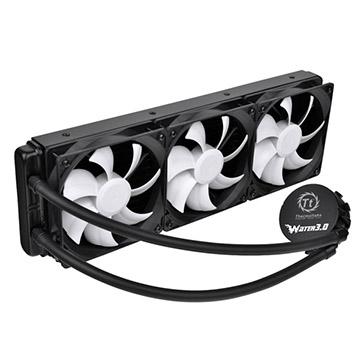


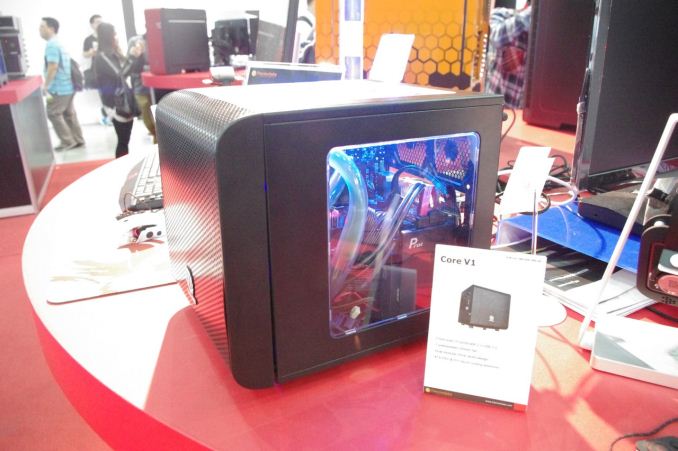










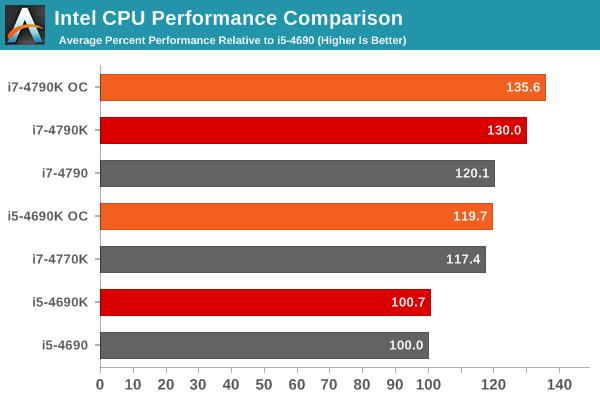

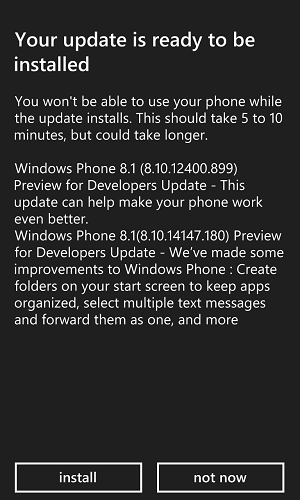

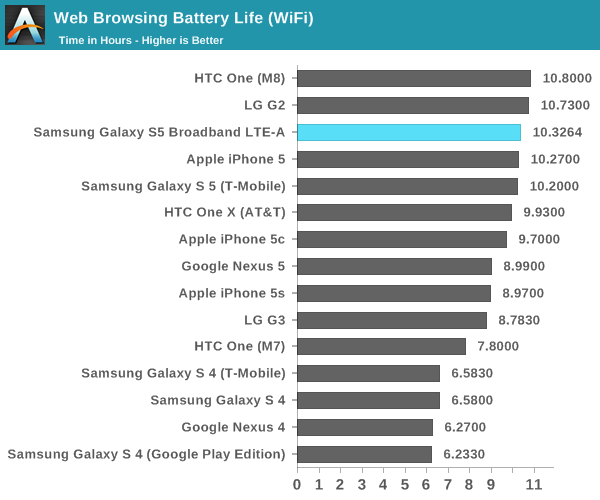
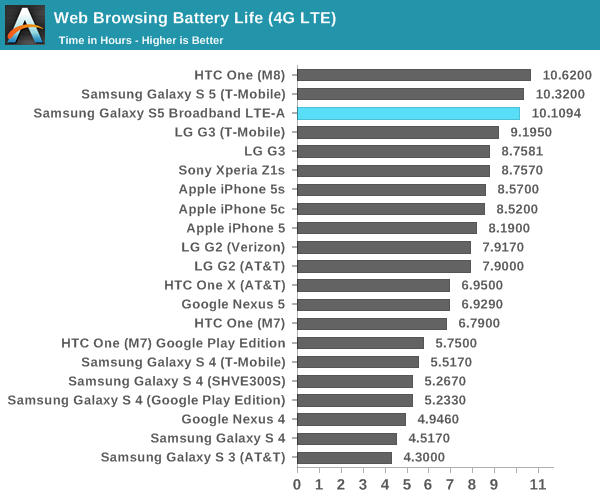
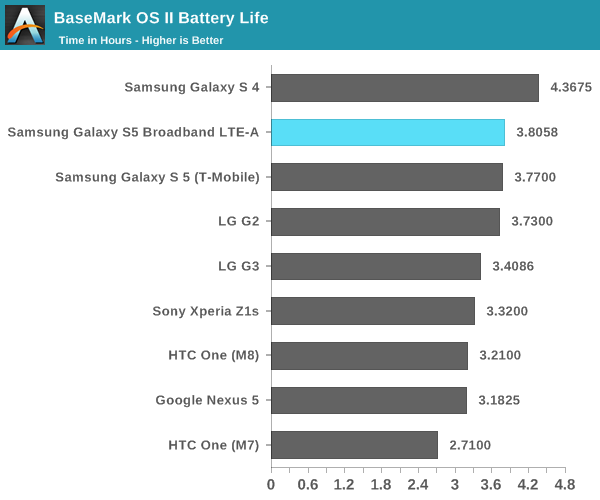
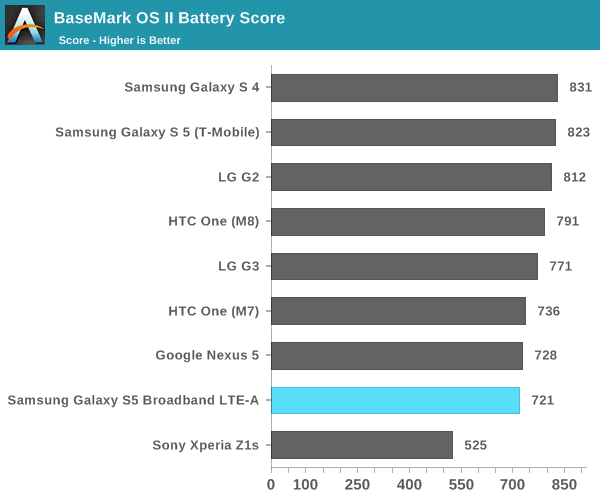


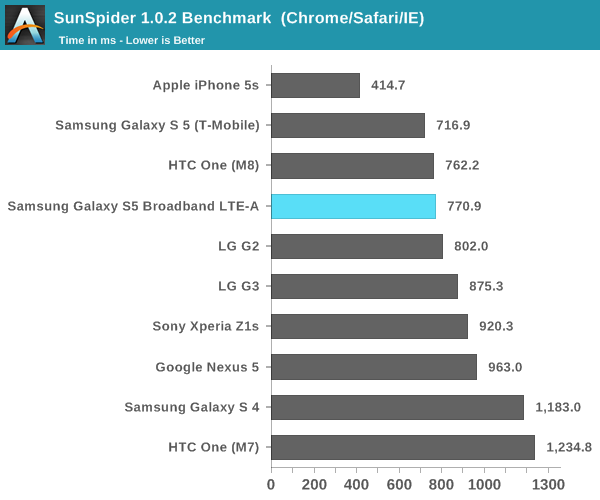
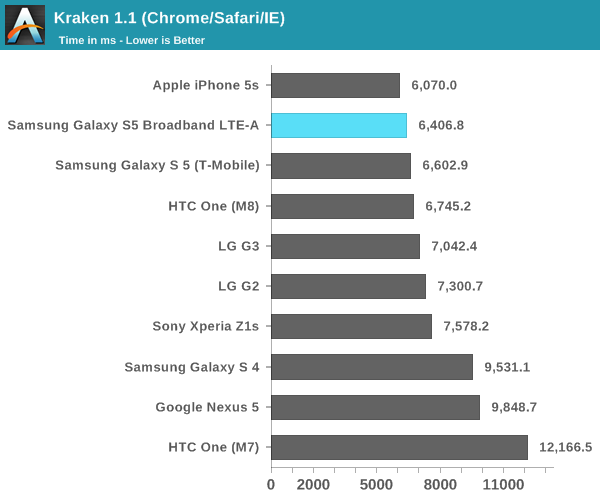
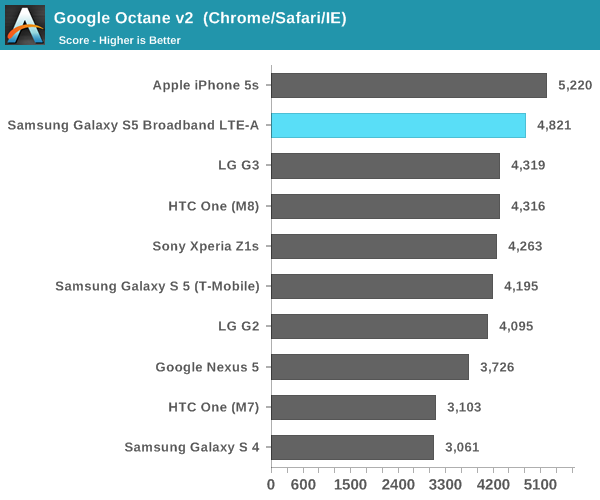

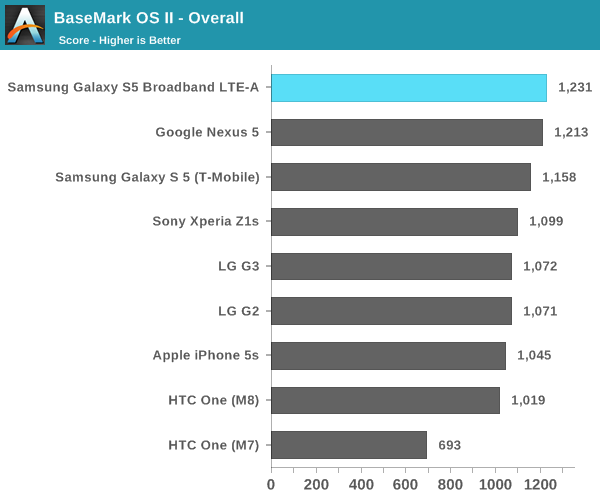
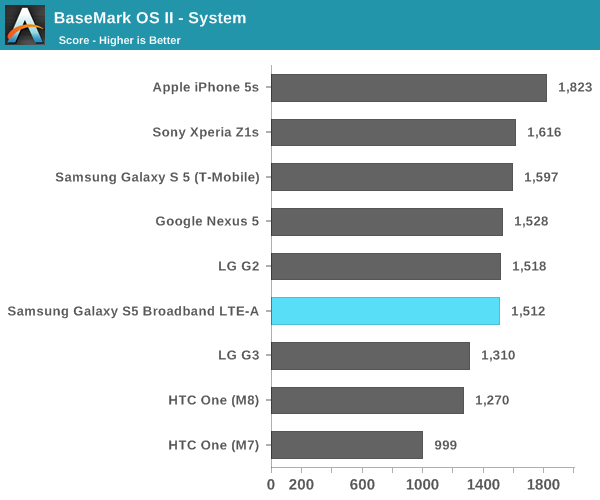
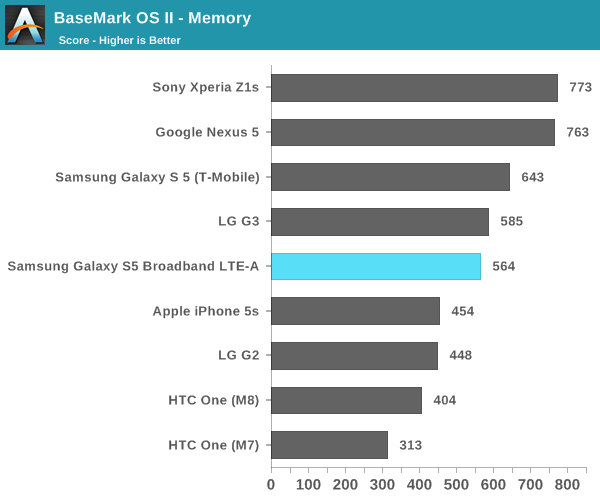
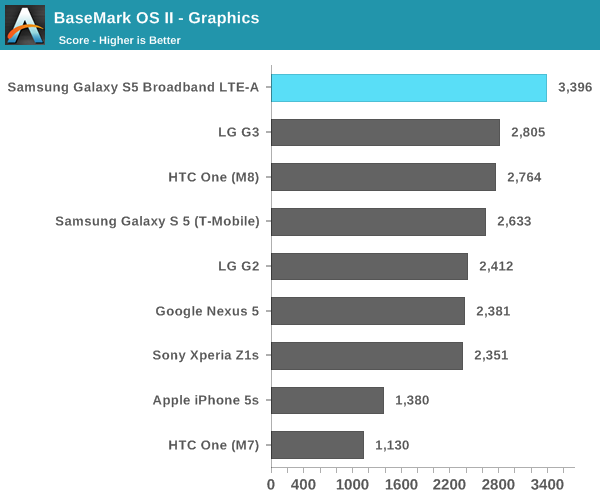
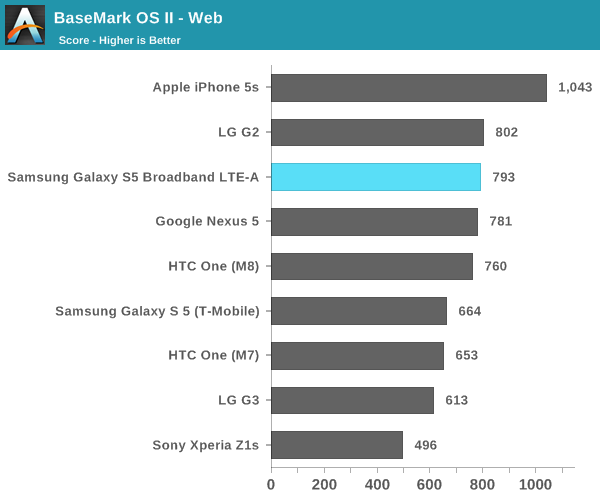
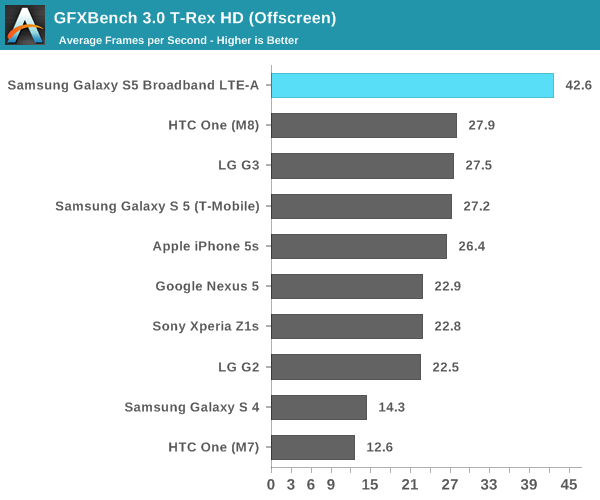
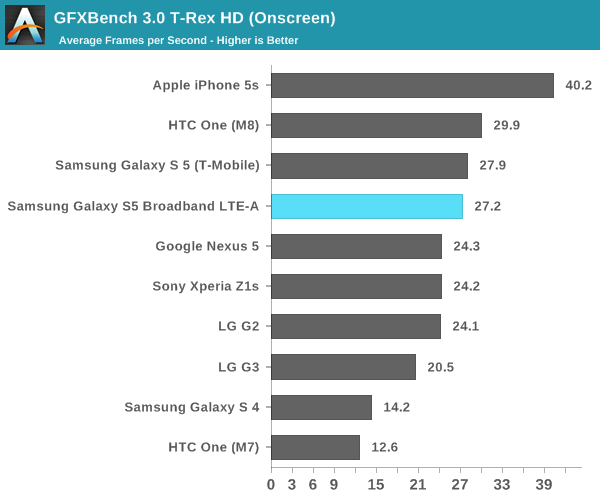
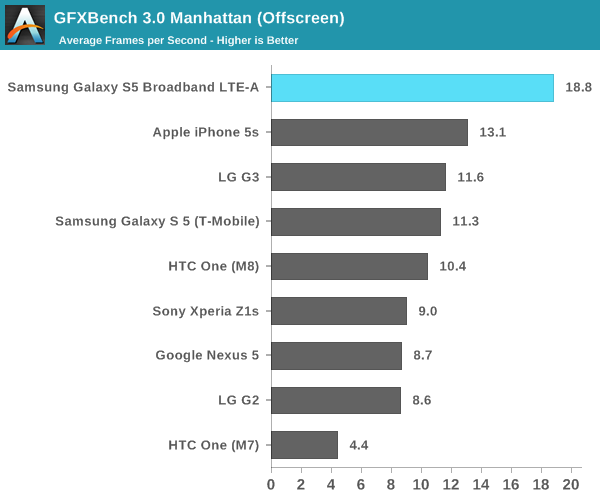
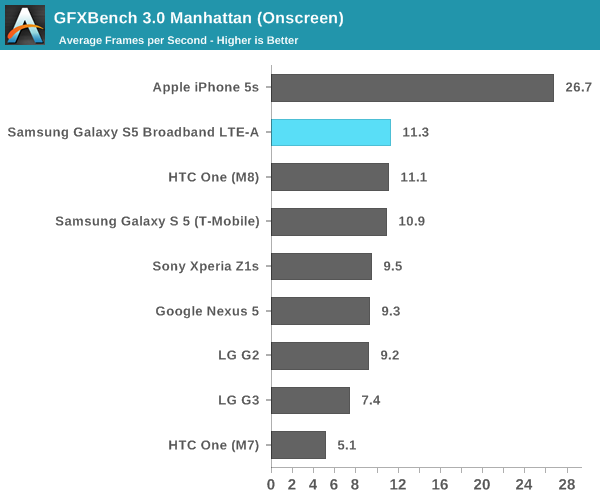
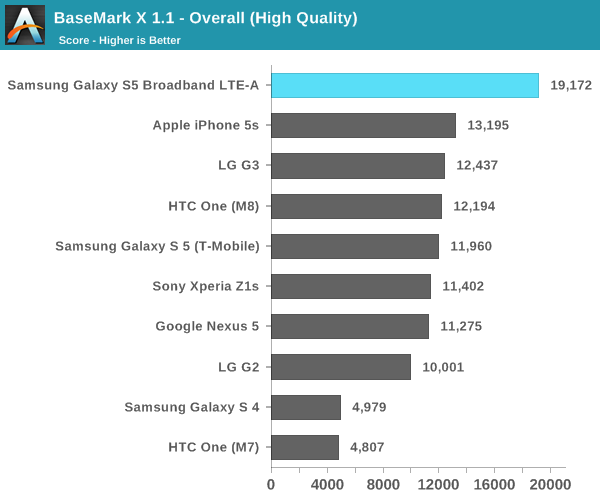

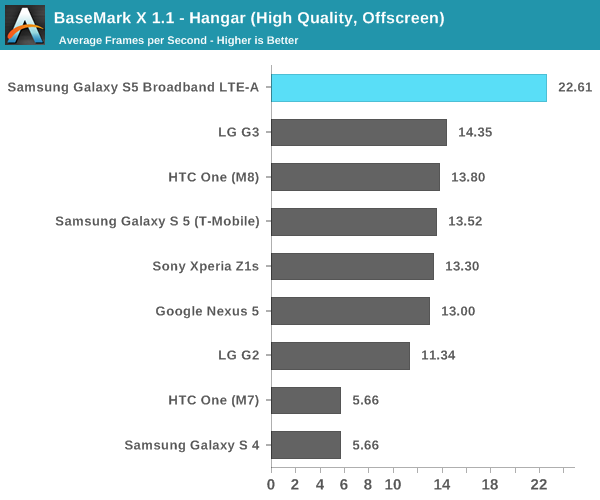
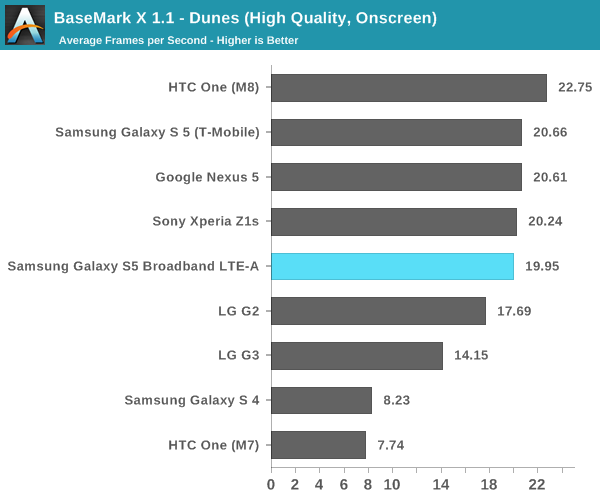
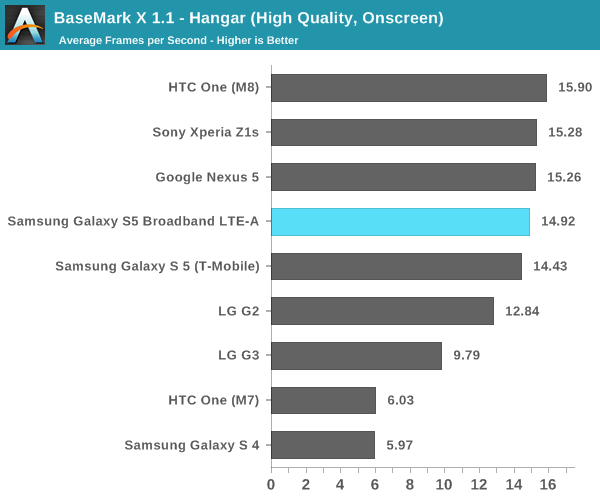

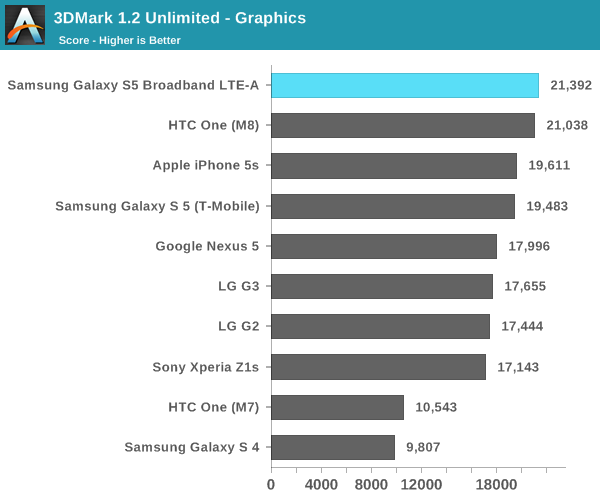



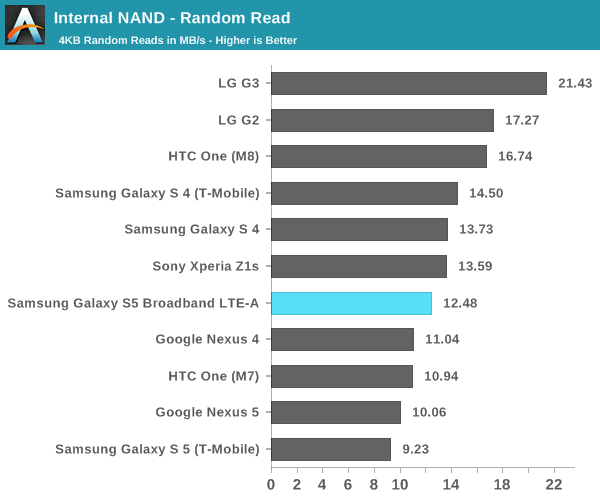
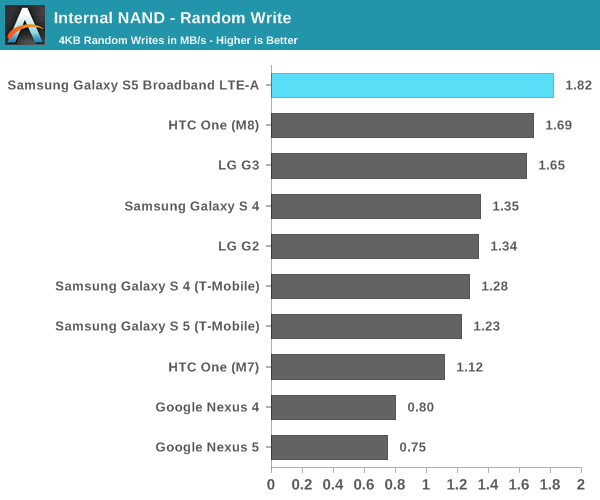
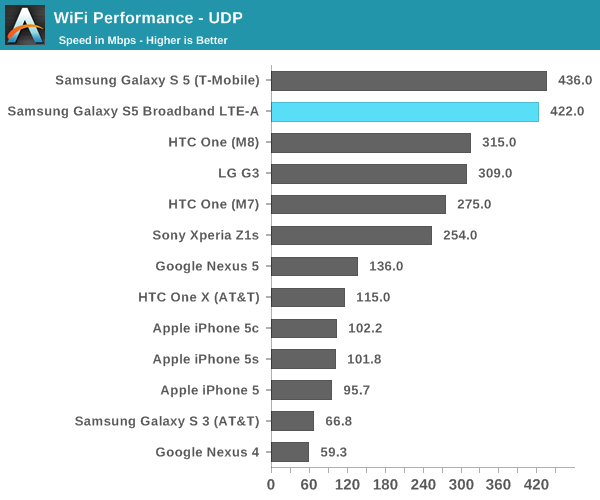

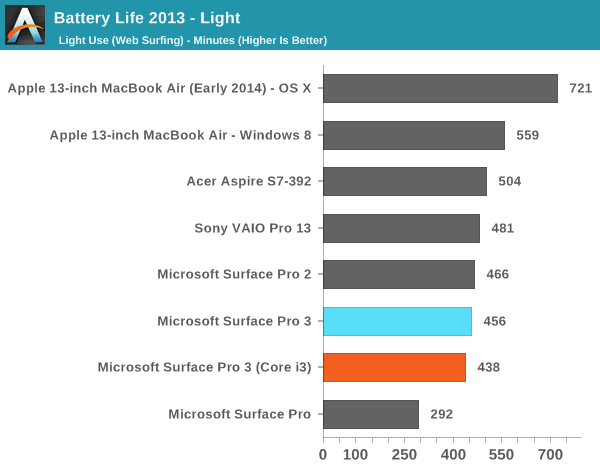
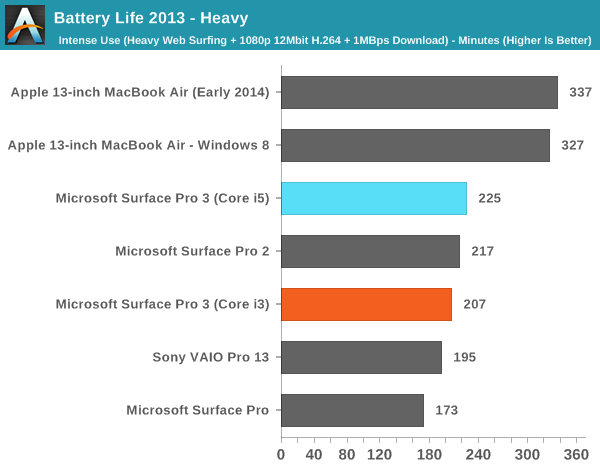
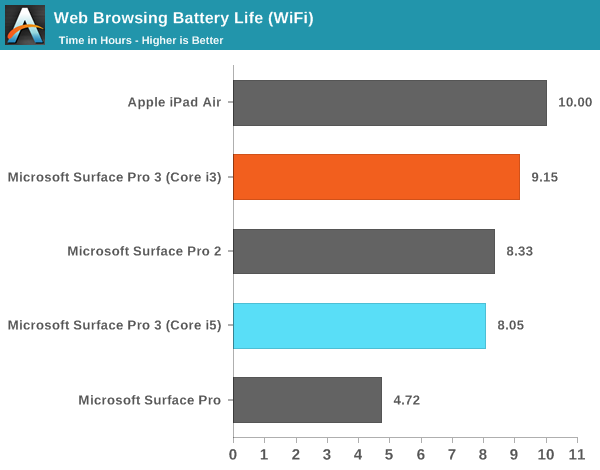

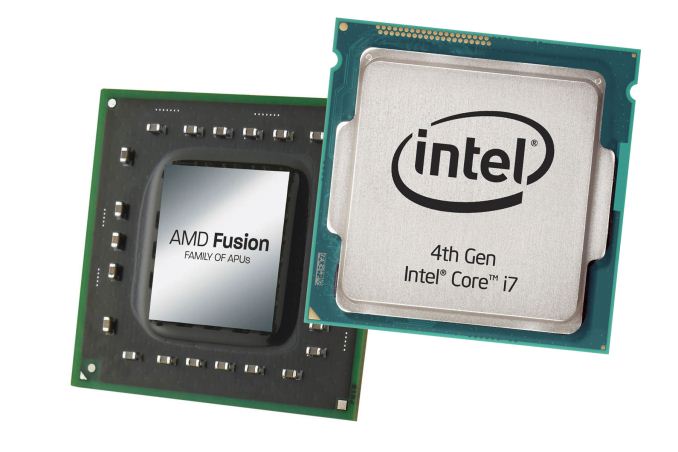
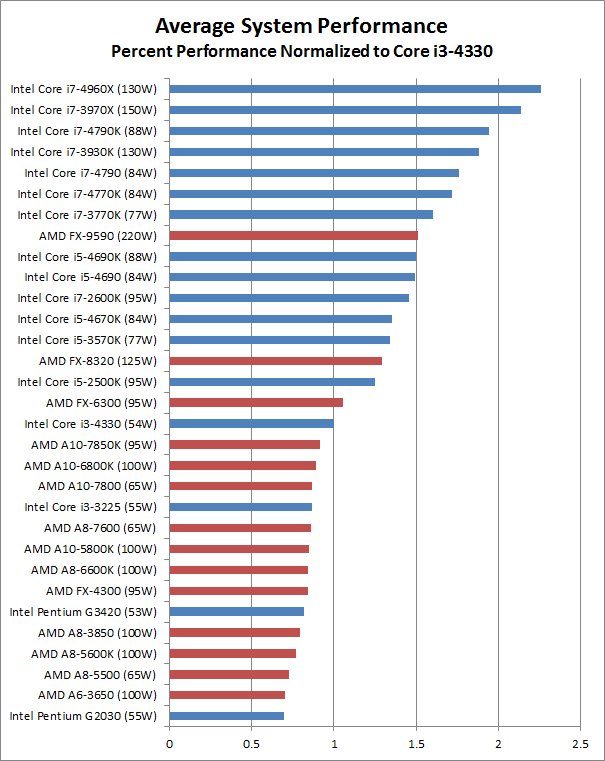
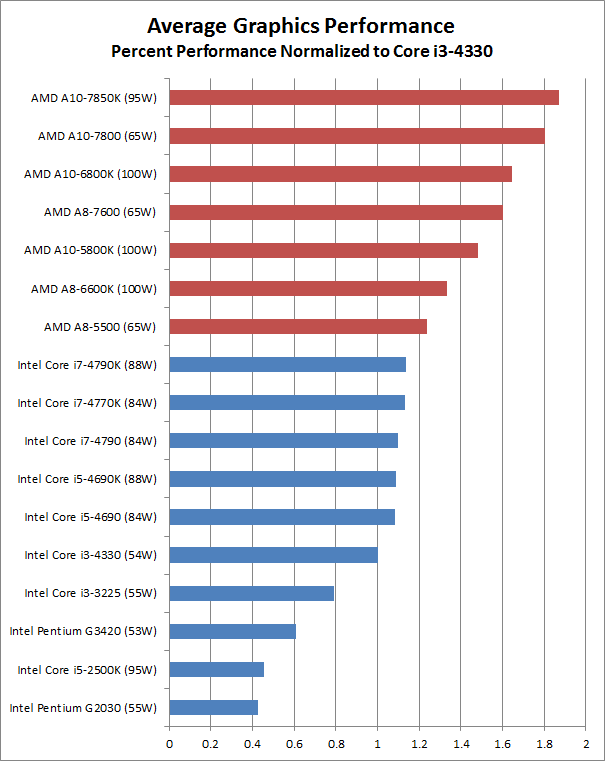


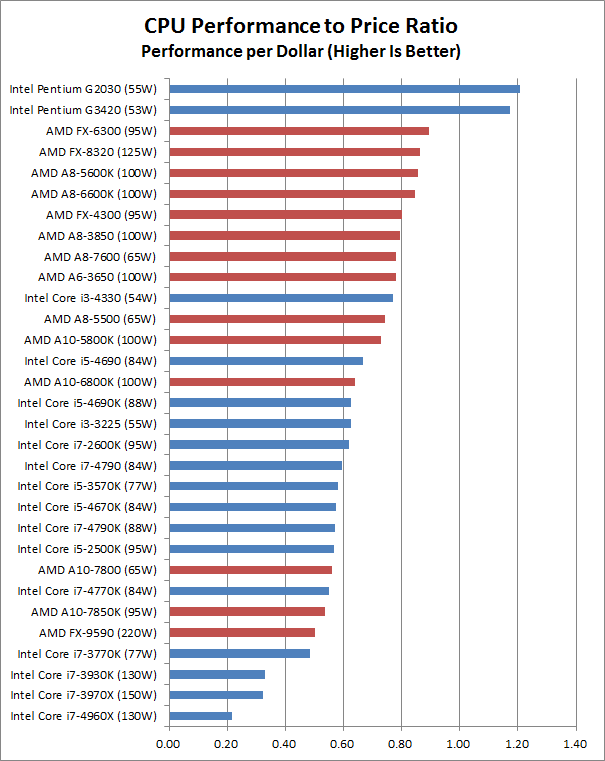
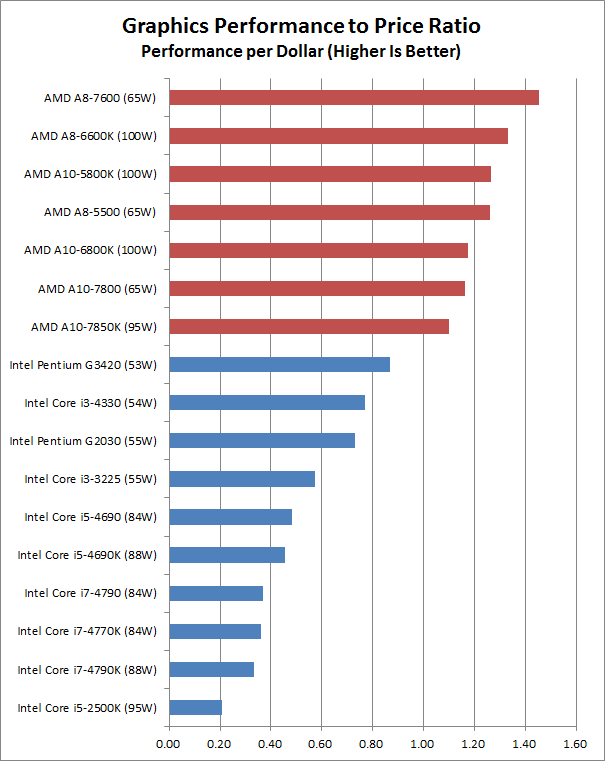
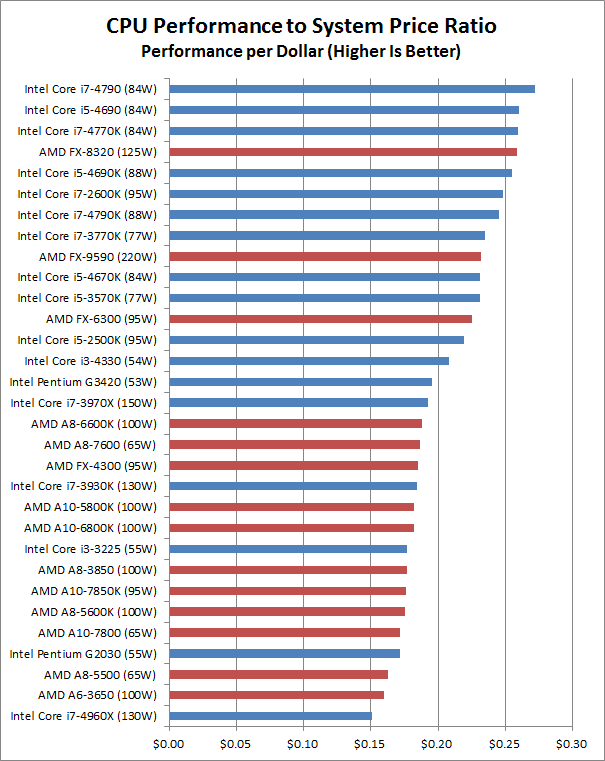
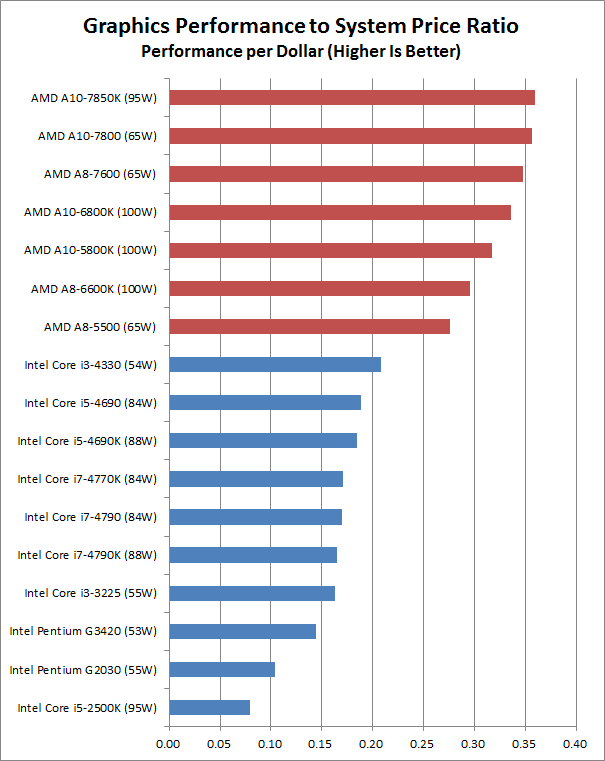
















Bookmarks